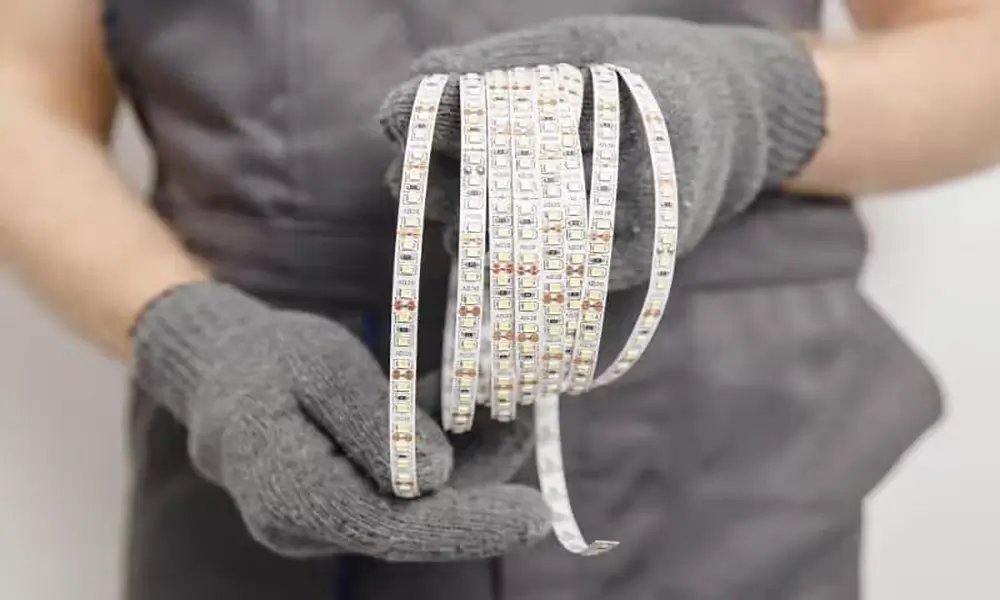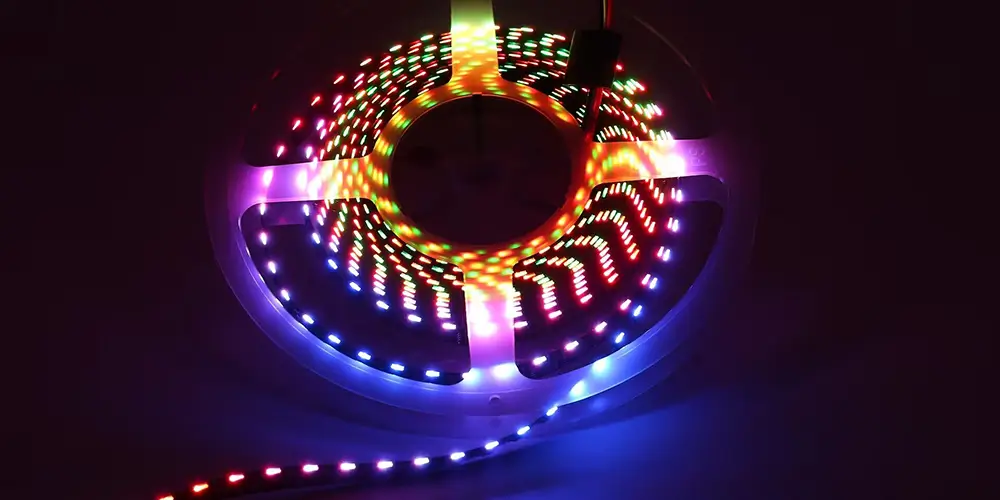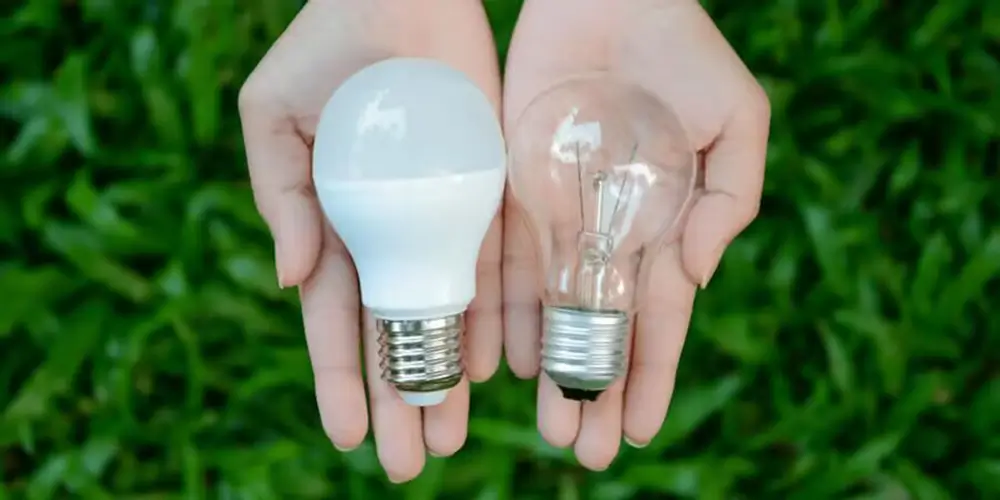
LED strip lights (LED means “Light Emitting Diode”), it is a very energy-efficient form of lighting. In recent years, LED strip lights have become a popular choice for home lighting. The main reason is also that LED strip lights consume less electricity and is an energy-efficient product.
LED strip lights don’t consume much electricity. It can be said that the LED strip lights consume less energy than traditional incandescent bulbs. Typically, they have cheap electricity and have a lower environmental impact due to their energy-efficient design.
How About the Energy Efficiency of LED Strip Lights?
LEDs are very energy efficient. It takes much less electricity to produce the same amount of light as a fluorescent, or incandescent bulb. It works by converting the majority of its energy output into light rather than heat, as opposed to the heat-intensive approach of traditional lighting.
How Much Electricity Does an LED Strip Lights Use?
We all know that LED strip lights are generally more energy efficient than incandescent bulbs, but how much power do they use?
A typical LED strip lights draws around 7 to 35 watts. This wattage depends largely on the specific product because energy-efficient LED strip lights must require very little electricity.
Most lamps consume far less energy than their maximum output. The power reduction is because you probably won’t be running them at full brightness 24 hours a day.
Can the LED Strip Lights Be on All The Time?
LED strip lights could theoretically be kept running 24/7, but we don’t recommend it. Because that would use up a lot of lifespan in the transformer. Thus reducing the lifetime of the led strip lights.
Assuming you only use the LED Strip Lights 5 hours a day, you’ll have a longer-lasting transformer. Also, you need to consider heat dissipation. The more heats it will generate, and you will need to use accessory alum profiles for heat dissipation.
If you expect your strip to run for extended periods of time (including 24/7). A suitable place for heat dissipation will then need to be installed, especially if the strip is located in an unventilated area.

LED Lighting vs. Traditional Lighting
Now that we have established that LED lighting is more energy efficient than traditional lighting, let me break down the advantages that LED-designed strip lights can offer you.
- LED lighting costs less.
- The negative impact of the home on the environment is reduced.
- LED light sources use electricity 90% more efficiently than traditional incandescent bulbs.
- The linear light made of LED strips has a higher overall lighting quality.
- The LED strip light design is more concentrated, it will produce more intense light.

Are LED Strip Lights Expensive?
LED strip lights have many advantages. But for most buyers, it’s more about its cost. The purchase price and running cost can be said to be the things that consumers care about.
LED strip lights are usually not expensive to run, they will cost a bit more than incandescent lights. But in the long run, its energy efficiency and longer lifespan pay off a little bit.
What Are the Benefits of Choosing LED Strip Lights?
When you are choosing LED light strips, you must also want to know whether it is cost-effective. LED light strips are worthwhile for buyers looking to save money in the long run.
And over time, LED lights save money on electricity bills due to their energy efficiency. We need to take a long-term perspective; the price of LED light strips will be a little more expensive than other light strips. But It can provide both short-term and long-term benefits.
In Conclusion
Overall, LED strip lights use less of electricity and are very energy efficient. They are often more energy-efficient, cost-effective, and more beneficial to the average consumer than traditional lighting sources.
In addition, LED strip lights are now used in many places, whether it is indoors or outdoors. More people are willing to use LED strip lights to decorate their homes, and more high-end markets choose to use light strips for decoration.
FAQs
The running cost of LED light strips is very low. LEDs primarily convert 90% of their energy into light, making them the most cost-effective light source.
In fact, turning on and off the lights does not consume more electricity than turning on the lights. But do turn off the light when you’re not using it to prolong its life.
Yes, you can keep the lights 24/7. But we don’t recommend it. Pls turn it off when you’re not using it.
Yes. LEDs run on very low voltage 12v/24v.
